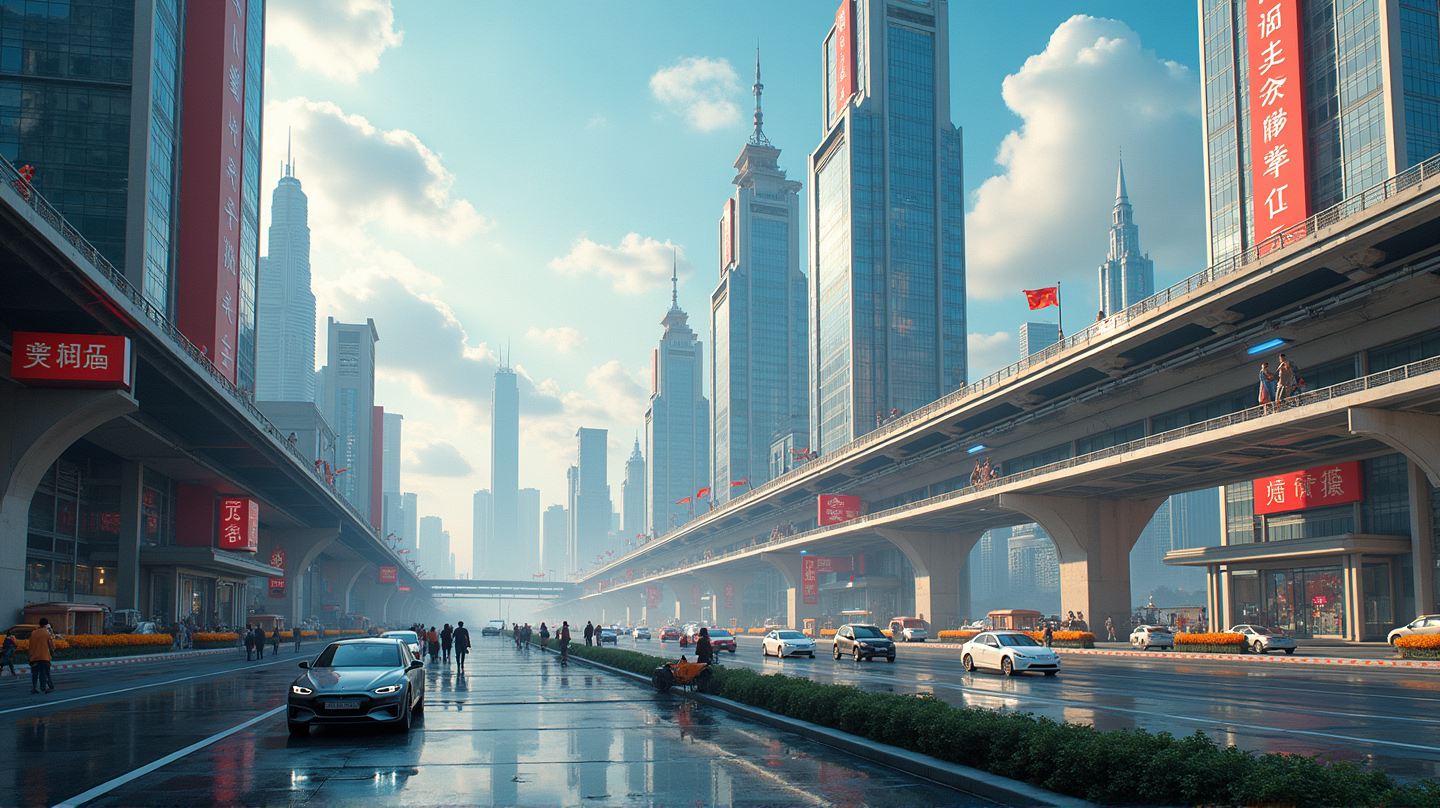Can China Teach the U.S. a Lesson in Technological Ingenuity?
In the wake of a trade truce it's time for the U.S. to learn from China's tech success and reindustrialize without forfeiting its democratic principles.

As Donald Trump and Xi Jinping prep to meet amidst the shadows of a gruelling trade war, the moment is ripe for a reevaluation of what technological progress means for the United States.
Reflections on the Chinese Rise
China’s meteoric rise from being largely agrarian to the world’s technology powerhouse is fascinating and alarming. In just a few decades, the world’s most populous nation has overtaken the U.S. in AI patents, clean energy patents, and more. They have reshaped the landscape with their vision brimful of high-speed rails, towering skyscrapers, and electric cars. It’s nothing short of a modern miracle and showcases China’s focus on becoming the cradle of innovation in the 21st century.
A Tale of Two Giants
The United States, with its illustrious history of dynamism and openness, finds itself at a crossroads. While the American scientific prowess is unparalleled, the country is revealed to be lagging behind when it comes to modern manufacturing and hardware development. The urgency lies not just in recognizing this gap but in rectifying it without losing its democratic identity and open-market philosophy.
Xiaomi’s Electric Dreams
Chinese companies like Xiaomi exemplify the nation’s hardware bravado. Starting as a perceived Apple copycat, Xiaomi metamorphosed into an electronics giant and a cult brand for Gen Z, unveiling its first electric vehicle merely three years after its ambitious “last entrepreneurial project” declaration. This episode mirrors China’s broader manufacturing marvel, where rapid prototyping and scalable production are the norm.
Navigating the Competitive Seas
While the U.S. prefers a less competitive internal market than China, there’s wisdom in recognizing the diversification approach China employs in AI and technology. An eclectic array of AI uses are explored in China—from sector-specific applications to specialized architectures—fueling a technological renaissance.
The Open-Source Strategy
China’s open-source AI initiatives bolster its influence on global tech standards, making it pivotal for the U.S. to embrace similar openness. Collaborating with global talents and opening up its own technological advancements could forge pathways for fruitful innovations.
The Call for Cooperation
While competition between titans is inevitable, collaboration may serve as the pillar of an all-inclusive industrial renaissance. Licensing deals and joint ventures could revitalize the faltering American manufacturing sector, accentuating the need to strike a balance between competitive security and cooperative progress.
A Cautionary Note
Disregarding China’s achievements due to hubris or antagonism may cost the U.S. dearly. America could sideline itself into insignificance, missed opportunities, and a future where the tag ‘world’s preeminent superpower’ may no longer apply. According to The Atlantic, key lessons from China’s orderly tech charge may indeed be the need of the hour for America.
While China races ahead with unyielding fervor, the United States must take a hard look at what both nations have to offer in the race towards a technologically resilient future.





